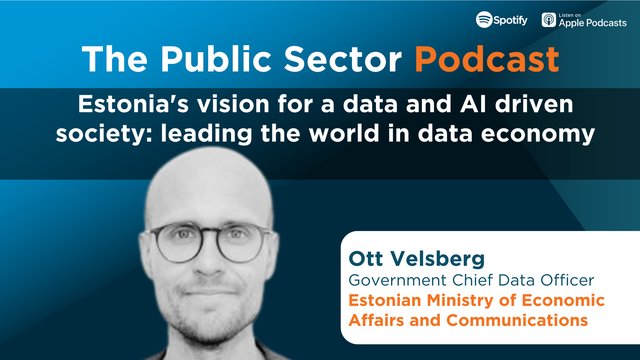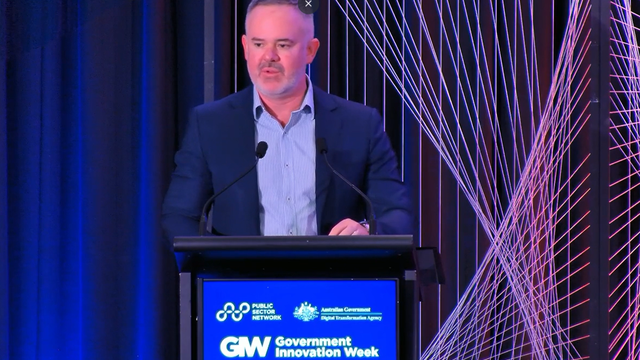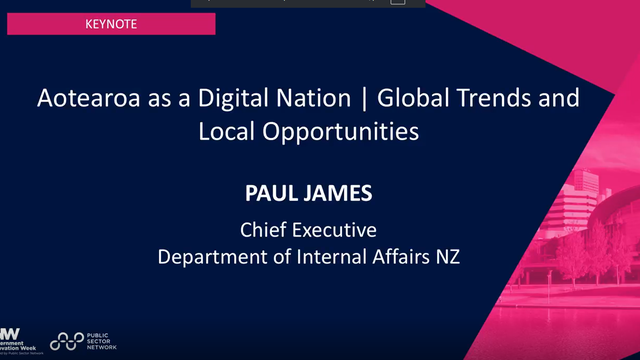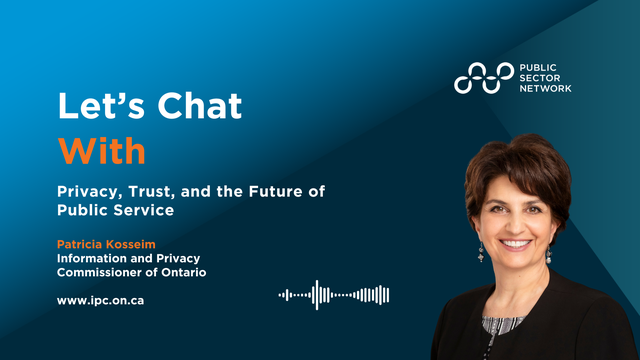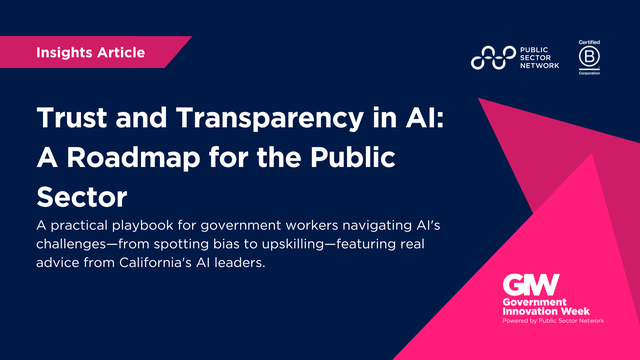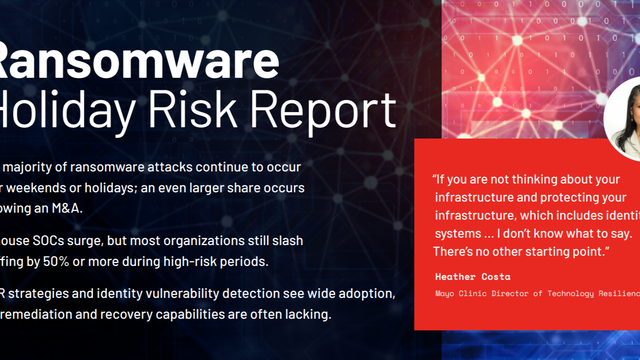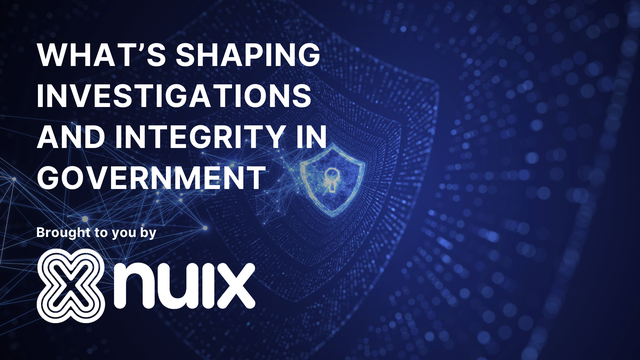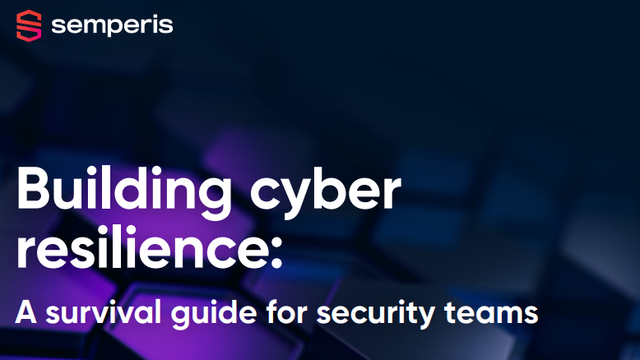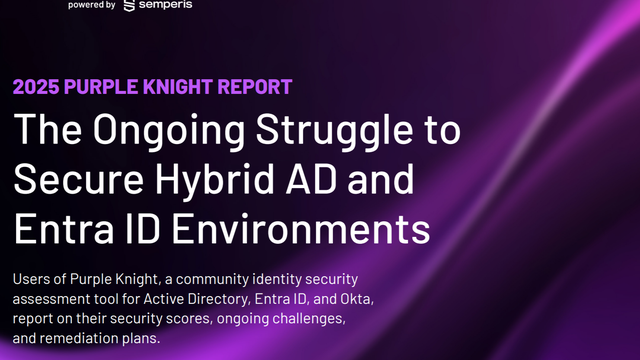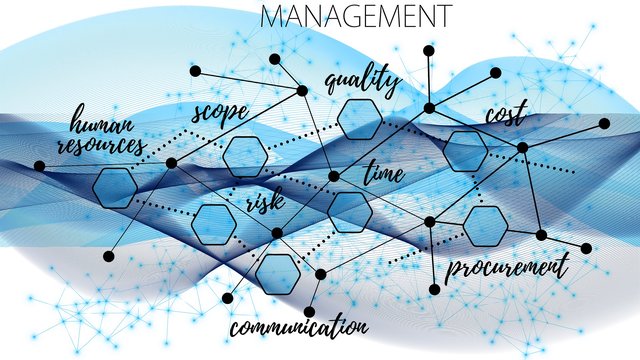

As governments worldwide continue their digital transformation, ensuring that services are accessible, user-friendly, and inclusive is more critical than ever. Public sector digital services must meet the needs of all citizens, regardless of ability, location, or digital literacy. Accessibility is not just about compliance—it’s about equity, efficiency, and trust in government.
Technology providers play a crucial role in helping governments build and maintain inclusive digital services. By embedding accessibility and user-centered design into digital infrastructure, they can help public institutions deliver better, more equitable outcomes for communities.
1. Designing Government Services for Everyone
Inclusive digital service delivery starts with design. Governments serve diverse populations, including individuals with disabilities, seniors, people in remote areas, and those with limited technology access or skills. Ensuring digital services work for all these groups requires an approach that prioritizes accessibility from the outset.
Governments and their technology partners should apply user-centered design principles, conduct extensive testing with diverse user groups, and ensure services align with international accessibility standards. By doing so, they create digital platforms that are intuitive and easy to use, reducing frustration and increasing engagement.
2. Removing Barriers to Digital Government Access
While digital services offer convenience and efficiency, many citizens still face challenges in accessing them. These barriers may include:
• Limited digital skills or confidence – Some users struggle with technology or lack the confidence to navigate online government services.
• Connectivity issues – Those in rural or underserved areas may lack reliable internet access.
• Physical or cognitive disabilities – Some users require assistive technologies like screen readers, alternative input devices, or captioning services.
To address these challenges, governments must take a multi-channel approach. This includes ensuring digital services are intuitive, providing alternative access points such as in-person support or call centers, and offering training programs to boost digital literacy.
3. Building Trust in Digital Government Services
Trust is fundamental to citizen engagement with digital government. If people do not feel secure using online services, they are less likely to adopt them. Governments must prioritize:
• Data privacy and security – Protecting user information through strong cybersecurity measures and transparent data policies.
• Clear and accessible communication – Ensuring that government websites and digital platforms use plain language and provide multilingual support.
• User control and choice – Allowing citizens to customize their digital experiences, such as opting for different formats or communication methods.
By demonstrating a commitment to security and user empowerment, governments can build confidence in their digital services and drive higher adoption rates.
4. Ensuring Accessibility in Government Tech Solutions
Public sector digital platforms must be designed to accommodate individuals with varying needs. This includes:
• Compliance with accessibility standards – Aligning services with Web Content Accessibility Guidelines (WCAG) and other best practices.
• Integration with assistive technologies – Ensuring compatibility with screen readers, voice navigation tools, and alternative input methods.
• Flexible design options – Providing high-contrast modes, text resizing, and keyboard-friendly navigation.
Making accessibility a core requirement in government technology procurement ensures that all vendors and service providers contribute to an inclusive digital ecosystem.
5. Offering Citizens Flexibility and Choice
Citizens engage with government services in different ways. Some prefer online self-service options, while others need human assistance. Providing multiple access points—including websites, mobile apps, phone services, and in-person support—ensures no one is left behind.
Technology providers can help governments build adaptable systems that allow users to personalize their digital experiences. Features such as adjustable interface settings, multi-language support, and chatbot assistance improve usability and inclusivity.
The Critical Role of Technology Providers
Technology companies are key enablers of accessible digital government services. Their expertise in cloud computing, artificial intelligence, cybersecurity, and user experience design can help governments:
• Develop digital platforms that meet accessibility and usability standards
• Ensure government systems integrate seamlessly with assistive technologies
• Provide ongoing support, maintenance, and user training
• Leverage data analytics to improve service delivery and user experience
Collaboration between government agencies and technology providers is essential to modernizing public services in a way that benefits all citizens. By embedding accessibility and inclusivity into digital government strategies, both sectors can drive more effective, equitable service delivery.
Conclusion
Accessible digital government services are not just a legal or ethical obligation—they are a fundamental requirement for a functioning, inclusive society. As digital service delivery becomes the norm, governments must ensure their platforms are designed for everyone.
Technology providers have a vital role to play in making this a reality. By partnering with the public sector to develop accessible, user-friendly digital solutions, they help create a government that is more responsive, efficient, and inclusive for all.
Want to get involved and contribute to the conversation? SIGN UP FOR FREE AND JOIN OUR GLOBAL DIGITAL SERVICES & CUSTOMER EXPERIENCE COMMUNITY



